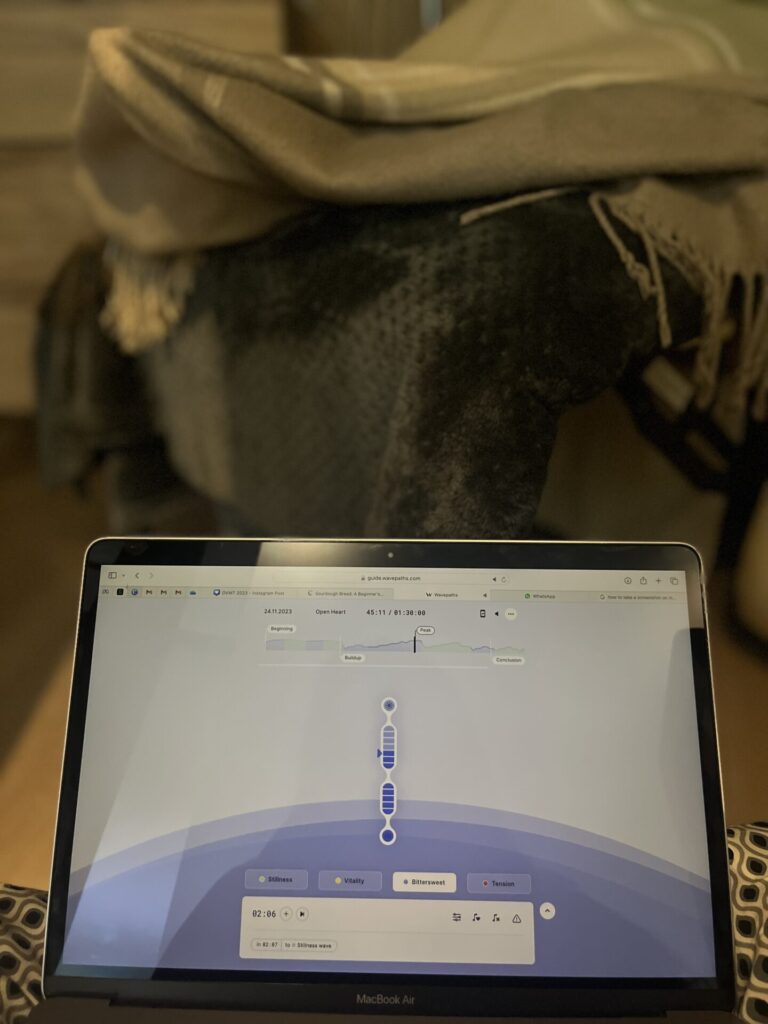The Music we use for Psychedelic-Assisted Therapy (PAT) matters.
The music in psychedelic-assisted therapy (PAT) plays a crucial role in shaping and amplifying the mystical experience, acting as a powerful tool for therapists and a potent guide for patients. Here are some of its key effects:
Emotional Bridging:
- Evoking and intensifying emotions: Music can tap into many emotions, from joy and wonder to sorrow and fear. When these emotions resonate with the patient’s inner state under the influence of psychedelics, it can lead to a more profound and impactful experience.
- Facilitating emotional release: Psychedelic sessions can bring up repressed emotions, and music can create a safe space for their expression. This can be cathartic, leading to the release, acceptance, and integration of these emotions.
Cognitive Enhancement:
- Guiding imagery and introspection: Carefully chosen music can guide patients’ visualizations and inner journeys. This can lead to deeper self-exploration, encounters with archetypal symbols, and meaningful insights.
- Enhancing focus and attention: Music can help patients stay present in the moment, reducing distractions and allowing them to immerse themselves in the psychedelic experience fully.
Neurological Entrainment:
- Altering brainwave states: Specific musical elements like tempo, rhythm, and harmony can influence brainwave activity. This can synchronize brainwaves with the music, potentially promoting states of relaxation, openness, and heightened awareness.
- Boosting neuroplasticity: Studies suggest that psychedelics combined with music may increase neuroplasticity, the brain’s ability to form new connections. This could contribute to long-term changes in thought patterns and behavior after therapy.

Overall, the music in PAT acts as a:
- Co-therapist: Supporting the therapist in guiding the patient’s experience and creating a safe and conducive environment.
- Emotional amplifier: Intensifying and guiding the patient’s emotional journey, leading to potential catharsis and integration.
- Cognitive tool: Facilitating introspection, imagery, and focus, leading to deeper self-exploration and insights.
- Neurological modulator: Influencing brainwave activity and potentially enhancing neuroplasticity for lasting change.
The specific effects of music will vary depending on the individual, the chosen music, and the therapist’s intention. However, its power to shape and enrich the mystical experience in PAT is undeniable.


Lovely article.